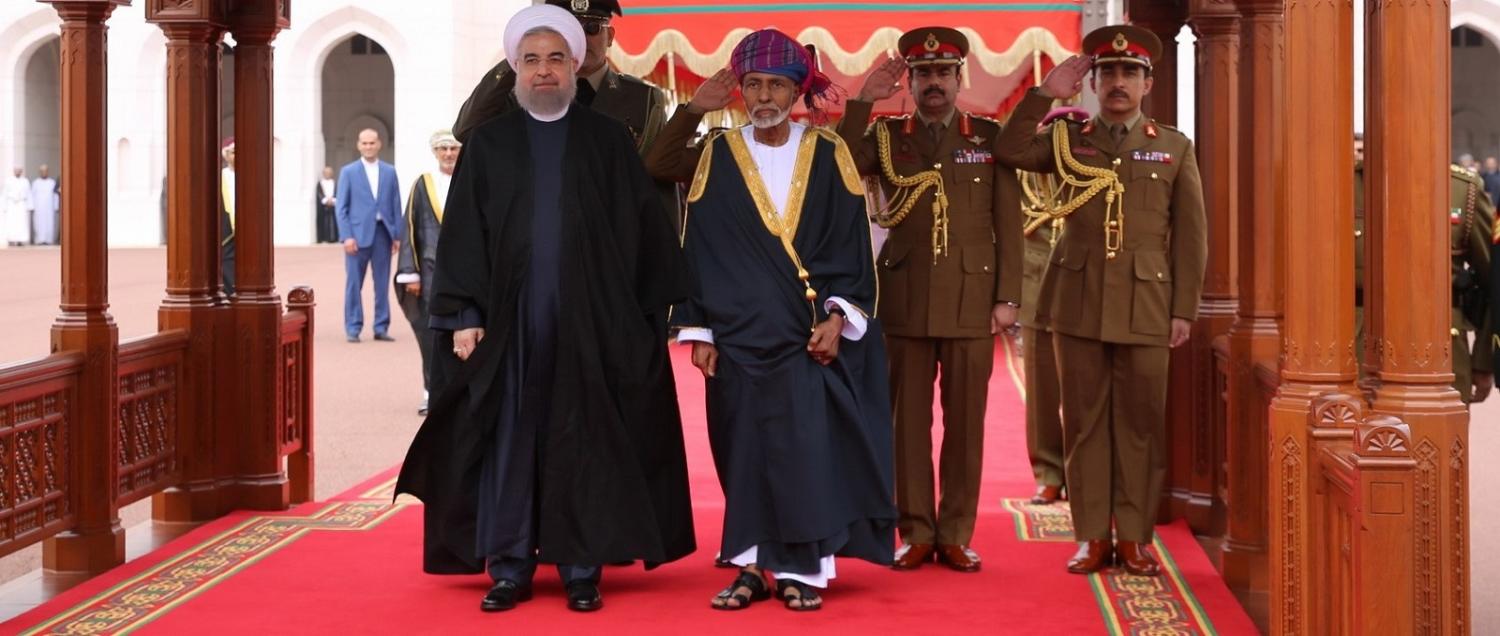Thinly populated and mountainous, Oman’s Dhofar region has played a strategic role since it was the ancient world’s source of frankincense and springboard for trade between the Mediterranean and India. Its location still brings attention. Each year hundreds of thousands arrive from across the Middle East to cherish the Khareef, or monsoon, which turns the border between Oman and Yemen a verdant green. Further north the world’s largest contiguous sand desert, the Rub' al Khali, captured the Western imagination when Bertram Thomas documented crossing it in Arabia Felix (1932). Since then, its magnificent landscape has been the setting for dozens of works of popular Western literature, including the 1960s science fiction series Dune.
The most captivating story for which Dhofar is now a backdrop is Oman’s own journey: a tale of success over 50 years with hints of stomach-churning plot twists to come.
Today’s Oman grew out of a 1962 tribal revolt in Dhofar that excalated into a conflict drawing in regional neighbours Yemen, Saudi Arabia, Iran. Before it ended in 1976, the conflict had become a full-blown Cold War contest which saw Marxist rebel units with names like Che Guevara ensconced in the hills outside Dhofar’s capital Salalah. Writing in The New York Times 45 years ago, Chris Kutschera described the country as 'the last feudal Arab state', marked by extreme poverty, shocking infant mortality and widespread incidence of communicable diseases. National infrastructure encompassed a stock of three primary schools, 10 kilometres of paved roads, and no telephones. When, in 1970, the Western-educated Qaboos bin Said absconded from house-arrest in Salalah to depose his father, the young Sultan opened the country to a tidal wave of reform. Profits from increasing oil production were directed to broad-based improvements in public welfare, education and health. Under Sultan Qaboos Oman came to be known for stability, relative religious tolerance and a market-friendly course. And although Western-oriented, the nation’s neutrality also saw Oman grow into an unlikely soft-power player which facilitated contacts between the United States and Iran that made the 2015 nuclear deal framework possible. Indicators of this small nation’s success take many such unexpected forms - in a country that lacked phones in 1970, the once-sleepy Salalah now boasts half a dozen 3D cinemas.
Notwithstanding this success, the Sultan himself points to the fragility of Oman’s position in the region’s turmoil. All de facto powers of the state, from the important to the obscure, are concentrated in this 76-year-old. His roles range from the prime ministership across key portfolios to command of the military down to patronship of eccentric royal interests. These include, unusually for the Middle East, the Royal Opera House and, equally unusually, its pipe organ. However, in the absence of suitable legislation to ensure a peaceful succession to this position of varied and absolute power, the Sultan has neither offspring nor has he invested any potential successors with the kind of authority he enjoys. And what might have seemed a hopefully esoteric question has over the last two years become a matter of urgent interest as the Sultan has now been abroad for medical treatment for the best part of a year. He is rarely seen in public. Of course this is not a matter of public discussion in Oman’s highly censored media environment. This absence of public debate also makes it difficult to gauge what, if any, resistance Omanis will have to the future continuation of their absolute monarchy. Public opinion may only be revealed when broad-based discontent or aspirations for reform reach enough traction to no longer be readily suppressed - as was the case during the 2011 Arab Spring. This did see protests calling for reform of the absolute monarchy. It also showed Oman with the same chronic problems and inadequate problem-solving tools - use of force or unsustainable largesse - as other regional states. The Arab Spring provided a reminder that, even under an enlightened monarch, Oman remains an absolute monarchy with little flexibility and no easy paths to change.
A serious car crash in Salalah involving the Sultan in 1995 briefly raised the spectre of the unclear royal succession. That brief glimpse of disorder pales in comparison to the present. As Oman walks a diplomatic tightrope between the regional powerhouses of Saudi Arabia and Iran and facilitates peace talks, a small but steady stream of casualties is filling Omani hospitals, including in Salalah. The living memory of the role played by cross-border ethnic, tribal and linguistic linkages in the swirling contagion of Dhofar’s 1960s insurgency fills many Dhofaris with a private dread. The violence across the border in Yemen could reach Oman just as it is destabilised, not only by an ambiguous succession but by doubts over the country’s governance as a whole. In a region beset by war and growing extremism the viability of a relatively moderate and pro-Western state should be a matter of importance to anyone with an interest in the future of the Middle East.
